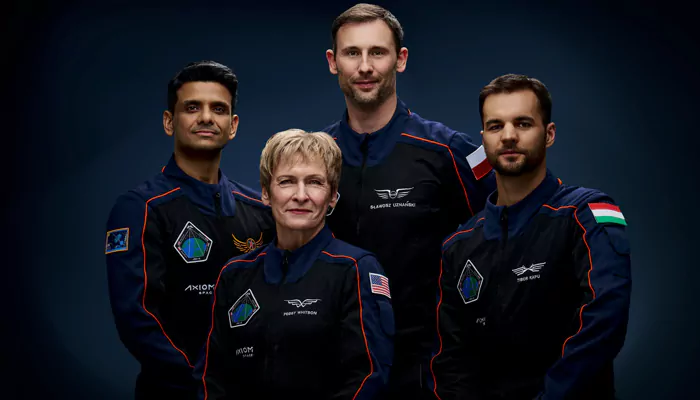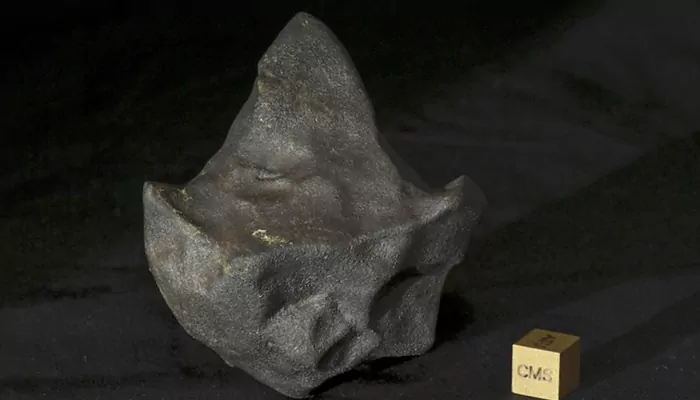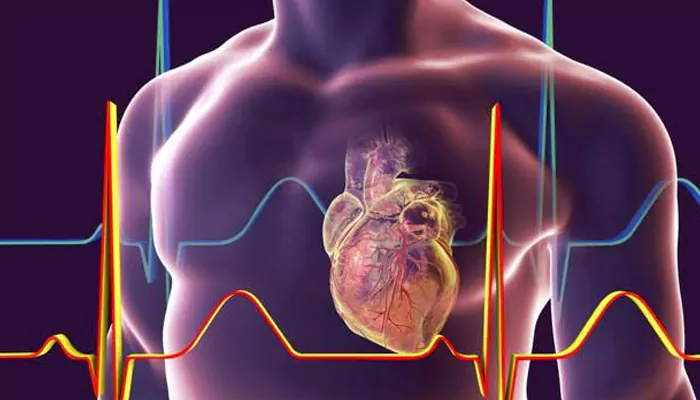
Here are today’s most important updates from the realm of Science and Space.
A new study using the MAROON-X instrument on the Gemini North telescope in Hawaii and the ESPRESSO spectrograph on the Very Large Telescope in Chile has revealed four small world outside the Solar System. While all of them are smaller than Earth, they share one commonality. They are all rocky planets orbiting Barnard's Star, the nearest single star to Earth after the Alpha Centauri system. Located just six light-years away, these planets are notable not only for their proximity but also for their similarity to Earth in composition, despite being much smaller. Each of the planets, labeled b, c, d, and e, has a mass between 20% and 30% of Earth's, making them among the smallest yet detected using the radial velocity method.

Group Captain Shubhanshu Shukla is set to become the first Indian astronaut to travel to the International Space Station (ISS) as part of Axiom Mission 4 (Ax-4). The Indian astronaut, also part of the Gaganyaan Mission will launch to the flying laboratory in May 2025 from NASA’s Kennedy Space Center in Florida. Shukla, a seasoned Indian Air Force (IAF) pilot, will serve as the mission pilot aboard a SpaceX Dragon spacecraft. This 14-day mission aims to conduct scientific experiments, educational outreach, and commercial activities in microgravity. This mission marks a significant step in India’s participation in international space exploration.

In April 2019, a rare and significant meteorite event captivated the scientific community when primitive meteorites fell near the town of Aguas Zarcas in northern Costa Rica. This event marked the largest fall of its kind since the Murchison meteorite in Australia in 1969, with a total of 27 kilograms of rocks recovered. The meteorite's composition includes organic compounds and hydrated minerals, making it a valuable specimen for studying the early solar system. Its unique fusion-crusted stones, some with a blue iridescence, have fascinated scientists and collectors alike. Analysis revealed that the meteorite spent two million years in space without significant collisions, which contributed to its strength upon impact. These meteorites are like cosmic time capsule that can reveal the secrets of the formation of not just Earth but entire Solar System.

Medical research is facing a severe shortage of human bodies and organs recently. In a new MIT Technology Review article, Stanford scientists propose an advanced method to solve this problem. Pluripotent stem cells, one of the earliest cell types to form during development, can give rise to every type of cell in the adult body. Recently, researchers have used these stem cells to create structures that seem to mimic the early development of actual human embryos. At the same time, artificial uterus technology is rapidly advancing, and other pathways may be opening to allow for the development of fetuses outside of the body. Talking about the benefit of this new invention the scientists suggest that lab-grown Bodyoids could address many ethical problems in modern medicine, offering ways to avoid unnecessary pain and suffering.